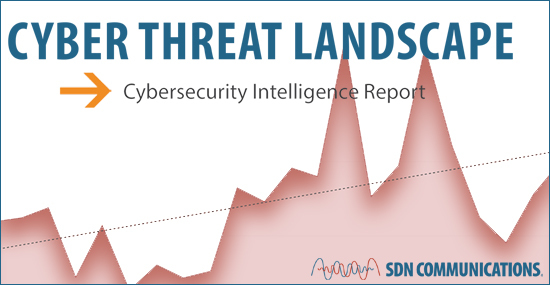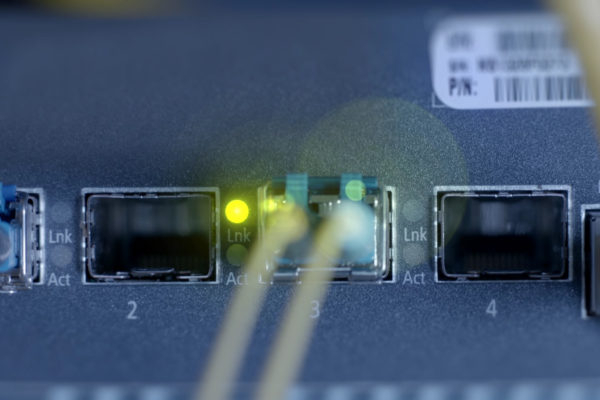
Spam and malicious traffic are filling the internet and threatening business networks more than most people probably realize.
During the third quarter of 2018, more than 41 percent of the traffic that flowed through firewalls that SDN Communications manages for customers was flagged as malicious or spam. To be precise, they filtered out 41.4 percent of the electronic traffic in July, August and September, according to SDN’s 2018 Q3 Cyber Threat Landscape.
The flagged rate for the third quarter was up from 35 percent for the second quarter and 31 percent for the first quarter. Yet, it’s similar to last year’s Q3 rate, which was 40 percent. That’s a lot of potential malware, viruses and other garbage traffic.
SDN’s free, cybersecurity intelligence report summarizes the threat environment in the region every three months. Experts analyze data from SDN’s Managed DDoS Protection and Managed Firewall services to compile the results. You can request the most recent report and subscribe to receive future installments using the button below.
The report also detailed an increase in Distributed Denial of Service (DDoS) attacks for Q3 year over year. That means there are more attempts to temporarily or indefinitely disrupt a targeted server or program with a wave of malicious traffic. Multi-vector DDoS attacks, which are more difficult to mitigate than single-source attacks, have become the norm.
They’ve relatively common because the attacker doesn’t have to be a computer expert – they can anonymously and inexpensively buy attack services on the Dark Web. However, mitigation services available from companies such as SDN can detect and divert the attacks. The video below shows the DDoS attacks SDN’s services mitigated across the region.
Other noteworthy trends
Port scan attacks are still the most common threat that SDN’s Managed Firewalls detect. Businesses can help prevent intrusions by disabling unnecessary ports into their networks and controlling access to others. Without a good firewall solution in place, hackers can get a lot of useful information simply by scanning the perimeter of a network.
“A properly configured firewall can control which ports are available and which are hidden, effectively lowering an organization’s overall attack surface,” according to SDN’s cybersecurity intelligence report.
Up-to-date, well-maintained firewalls provide a layer of defense that has become essential for businesses with important online connectivity.
As for where most threats originate, the top country identified in firewall information is not China, Russia or even India. It’s the United States.
With all the news about Russian interference in elections and trade tensions with China, who would have guessed that threats originating in the United States posed such risk to businesses in the region?
Visit the Cyber Threat Landscape Report Archive for full access to all of our reports.



